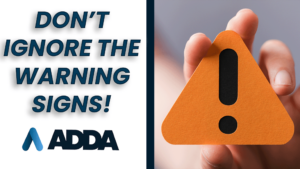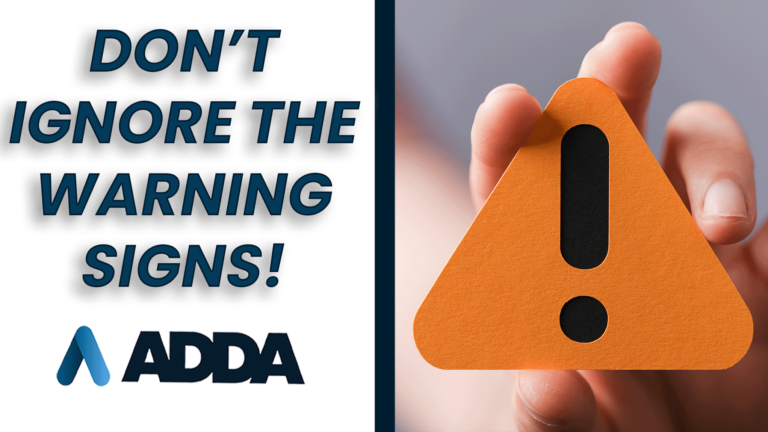Exiting a PEO (Professional Employer Organization) can signify a big leap forward for small to mid-sized businesses. But regardless of whether you’re looking to leave your PEO because you outgrew them or because you need to cut costs, thorough preparation is essential. Additionally, expect to complete certain steps based on the specifics of your relationship with the PEO.
Exiting a PEO presents some unique challenges for the business looking to move on. PEOs provide a very useful service to SMBs who need an HR department but can’t afford to fill one internally. However, they also require certain complex legal and tax classifications to accommodate the co-employer relationship.
Considering that relationship and the breadth of work you’ll need to take on after exiting your PEO; you’ll need a bit more than a leap of faith to land steadily once you leave. In this blog, we’ll take a look at what conditions lead businesses to sever this relationship and some of the steps they can take when exiting a PEO.
When to leave your PEO
In the simplest of terms, exiting a PEO means you must either be ready to handle, or have no choice but to handle, your HR, benefits, employer-related tax work, payroll, and any other services they cover. It’s a lot of work, but that’s why you went to them in the first place! So, if you think you might be ready to move on from the PEO, here are a few factors to confirm.
Headcount growth
PEOs usually support businesses with under 50 employees, so once your company outgrows that, they may struggle to support you. Additionally, companies with over 50 employees can often negotiate similar benefit rates to what your PEO would otherwise offer you, which is one of the major benefits of working with a PEO. So if you’ve managed to grow your headcount above 50 employees, it’d be reasonable to consider exiting your PEO.
Internal HR growth makes the PEO redundant
Often, growing your company means you’re able to install your own HR team. If you’ve been able to build out that department, you probably don’t need the same full-service support you’ve depended on from the PEO. Even if you only need some of the HR services they provide, there are likely more cost-friendly a la carte alternatives, such as an HRO, to complement your team.
You want more control over benefits and Employee Experience
One drawback of working with a PEO is that the employee experience they provide can feel a touch mass-produced. That’s because they serve so many clients that it makes more sense for them to standardize things like employee handbooks, benefits, onboarding, and the like.
Generally, that experience isn’t necessarily bad, but it doesn’t give you the space to define those factors for your company. If you want more control over the benefits you offer, your leave policies, onboarding, and more, exiting a PEO could be a great next move.

What to do before exiting a PEO
If you’re resolute in your choice to exit a PEO, start preparing for what comes next as soon as possible. First, review your contract! There may be penalties if you try to end things too early, and you’ll want to avoid complications like that if possible.
You’ll need to firmly establish your new HR infrastructure and how you’ll manage those processes. What kind of HR tech solutions do you need? How will you handle payroll, benefits, and compliance? Furthermore, you’ll need to make tax and regulatory changes due to the termination of your co-employment relationship. All of that can feel like a heavy lift, so let’s get started.
HRIS and Payroll Checklist
First, determine your new HRIS and who will handle payroll for your business moving forward. That could be one of your HR employees already on staff, or you could outsource to a different provider, such as ADDA, to keep that well-managed and off your plate. Additionally, your payroll expert may have some valuable insight for later steps in this process, so it’s good to knock out that step early.
Finding a new HRIS can be a time-consuming process, so it’s good to get a jump on your search. Once you’ve selected an HRIS and signed up, you’ll go through the implementation period. This can take up to 3 months, but that timeline varies based on your headcount and chosen vendor.
Additionally, during the transition, you’ll need to gather copies of your employees’ data and documents from your PEO. Before executing that step, make sure you have a very secure place to store that information, whether that be digitally in your new HRIS or as paper files if needed.
Benefits Checklist
Next, you’ll want to think about benefits before exiting a PEO. Though perhaps a bit labor-intensive, this step could be very exciting. Your business will finally get to determine what benefits you offer your employees, making this a pivotal moment. First, decide what kind of benefits you want to provide and what budget you have for them. Benefits play a significant role in employee retention, so don’t be afraid to think big.
You have a couple of options to approach this. Most likely, you’ll start seeking out and speaking with benefit brokers. These organizations will match your business with benefits packages within your budget range. First, you’ll work through medical, dental, and vision, and then your broker will collaborate with your HRIS vendor to properly load plan information into that system.
Then comes Workers’ Compensation. You absolutely must strike the right balance here regarding the time of the transition. Any lapse in coverage would be very problematic, so work with your PEO and broker to determine the best time to switch over. Additionally, be prepared to explain these changes to your employees, so they understand what’s happening with their benefits.
Finally, plan for other benefit solutions regarding COBRA administration, HSA, FSA, and 401k. You may need someone to manage these outside your broker, but check there first. Then, figure out how you’ll roll over funds from the previous 401k to your new plan. These tasks can be a bit tricky, so look into HR consulting services if you aren’t sure how to approach them when exiting a PEO
Tax and Regulatory Checklist
Here comes the fun stuff! Now that you’ve gotten payroll and benefits squared away turn your attention to tax and regulatory updates. Because of the co-employment relationship with your PEO, they’ve owned many of these factors and liabilities. So now your business needs to register with state and local tax authorities.
First, you’ll need to re-establish your SUTA IDs and local withholding accounts. Then, acquaint yourself with FICA and FUTA tax restarts. If you’re not careful about the timing of your transition, you may find yourself paying double into your tax accounts. If you need help with this process, consult with your PEO or a tax expert.
Compliance Checklist
The finish line is in sight; it’s time to tackle compliance. First, work with an employment lawyer or compliance experts like ADDA to determine your new PTO and leave of absence policies. Then, create new employee handbooks for every state you operate in. Though it may sound dry, this is also an exciting moment. You get to determine the policies you want for your company, which puts the finishing touches on your new employee experience.
The last step in the process of exiting a PEO is the most important. You need to re-hire your employees. That includes extending your new offer letter, obtaining new I-9 documents for all current employees, as well as other relevant documents, and completing further sexual harassment training. You’ll also need to rebuild your onboarding process for new hires while you’re at it.

Additional considerations
After you’ve exited your PEO, there may be a few loose ends to tie up. For example, you’ll want to schedule meetings between HR and your employees to explain what’s happening. Exiting a PEO can be a bit disorienting for employees; they’re getting rehired at the same place they’ve been working and learning new benefits. You may have even created entirely new org charts, new cultural approaches, and added new technology to the equation. Be patient and prepared for questions.
Consider ADDA for your HR next steps!
If you still need HR support for specific functions, ADDA is ready to step in. Our consultants are experts at compliance, talent management and acquisition, payroll, and benefits administration. So, whatever HR gaps you have after exiting your PEO, we’ve got you covered. Schedule a call with us today to learn how our services could fit your future.









